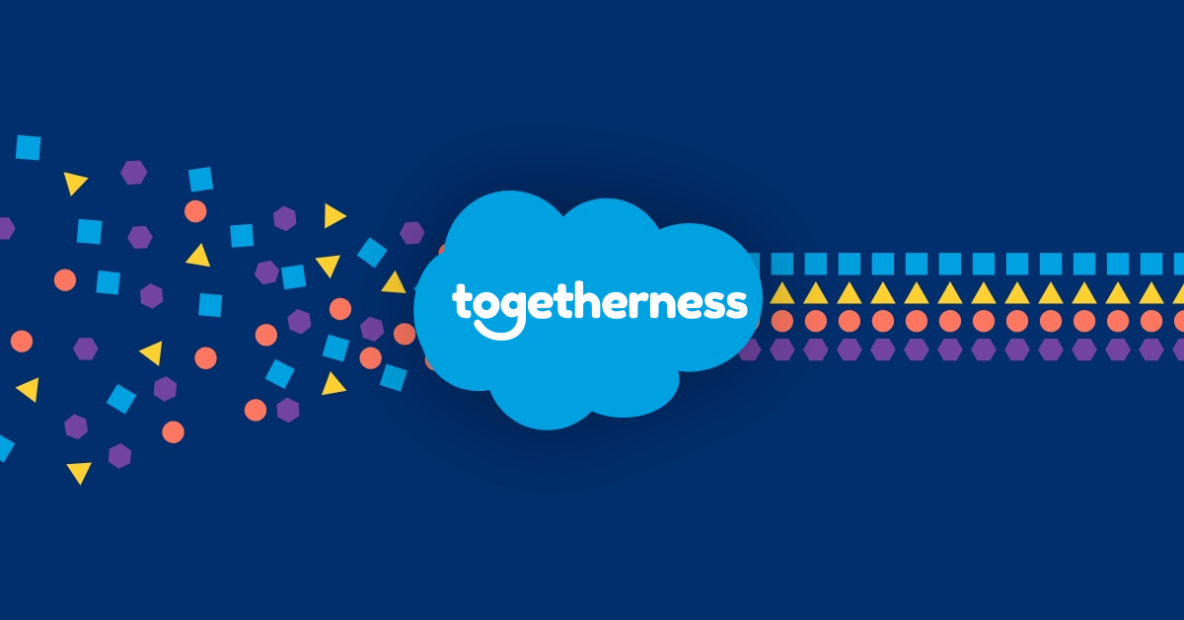I’m often asked about my background when I start new assignments. People are usually surprised when they hear that my degree is art-related. You may wonder how an art school background has helped me when working with clients to achieve their goals. It’s our job to consider how best to create the product they are looking for and bring it to life. In its most basic form, art is simply creating something of value from nothing. This is very similar to how I describe what we do at M&S Consulting. When we work with clients to bring their needs to … Read More
6 reasons to ensure your CRM is aligned with your sales process
Aligning your company’s sales process with your customer relationship management (CRM) system is essential for six reasons. 1. Improved Efficiency Streamline and automate various tasks, such as lead tracking, deal management, and customer communication, eliminating manual data entry and reducing administrative work, allowing your sales team to focus more on selling and building relationships. 2. Enhanced Visibility Gain better visibility into your sales pipeline and customer interactions, letting you track the progress of deals, identify bottlenecks, and make informed decisions based on real-time data. 3. Consistent Customer Experience Sales representatives can access comprehensive customer data, including interactions, preferences, and purchase … Read More
Embracing Multi-Cloud Expertise: M&S Consulting’s Advantage in the Growing Multi-Cloud Landscape
In today’s dynamic digital landscape, organizations across various sectors are increasingly seeking ways to improve their IT infrastructure and streamline their operations. Cloud technologies have emerged as a critical component of modern IT strategies, with a multitude of cloud service providers such as Amazon Web Services (AWS), Microsoft Azure, Google Cloud Platform (GCP), and Oracle Cloud Infrastructure (OCI) offering diverse solutions. The growing trend of multi-cloud adoption in enterprise environments highlights the importance of partnering with a systems integrator (like us), which has expertise across multiple cloud platforms. This blog post will delve into the prevalence of multi-cloud strategies, the … Read More
An Oracle EBS upgrade, in half the downtime
A global leader in the building products industry with a presence in over 45 countries was facing a common but critical challenge with their Oracle E-Business Suite (EBS): they needed to upgrade or risk losing support. However, as a manufacturing company, any downtime would mean lost revenues and no work for their employees. This customer was using EBS 12.1.3 and needed to upgrade to 12.2.10 quickly to avoid a loss of support. However, they also needed to upgrade the operating system (AIX), database (from 19c), and multiple other components of the technology stack. To further complicate the challenge, they had … Read More
Rebuilding a Solid Oracle EBS Foundation for a Quickly Growing Company
A mid-sized federal government contracting company had been using Oracle E-Business Suite for many years. The good news for the company was that it had experienced monumental growth and opened new business lines. The bad news was that their Oracle environment had accumulated a lot of deferred maintenance and was an out-of-date version which could lead to Oracle desupport, risking their government compliance and contracts. In addition, with their changing business models, the system needed new functionality which required additional Oracle modules. They needed to find a competent partner, quickly. …documentation was sparse, despite heavy customization, and high turnover meant … Read More
Struggling to build an SAP BRIM team?
In previous articles, we described some of the business challenges our client had faced while implementing SAP BRIM to manage billing and invoicing for their media sales business. Now, let’s focus on what is likely your greatest challenge: building the right team. We were able to build a team with the right amount of industry knowledge, SAP BRIM experience, and strong project leadership in a short amount of time. Previous firms had been unsuccessful in their implementation efforts in large part due to their inability to build quality teams. Our success in other areas of their business gave our client … Read More
Architect and Migrate Oracle Products Into AWS for the Commonwealth of Massachusetts
The Commonwealth of Massachusetts – Department of Industrial Accidents (DIA), which oversees the Massachusetts workers’ compensation system, faced the challenge of migrating from legacy hardware while upgrading existing infrastructure. In addition, a large Oracle workload needed to be upgraded and migrated while adding a level of redundancy to the application’s middleware. To solve these challenges, the M&S team evaluated and created a strategy for DIA’s upgrade and migration. DIA had chosen Amazon Web Services (AWS) as a good fit for their needs and wanted to migrate over 90% of their servers to the cloud, utilizing AWS native services in lieu … Read More
Togetherness: Better Employee Engagement and Retention
In the digital era, companies are running behind if they still choose to manage their employees manually. Even for companies that do go digital, sometimes security concerns and poor employee engagement arise depending on how the employer maintains their data. According to Deloitte’s Global Human Capital Trends 2016 report, 92 percent of participants saw a need to redesign their organization to improve employee engagement and retention and build a meaningful culture. This same survey found that 82 percent of respondents see culture as a competitive advantage, driving innovation, and employee behavior. We’ve all seen or heard the horror stories of … Read More







